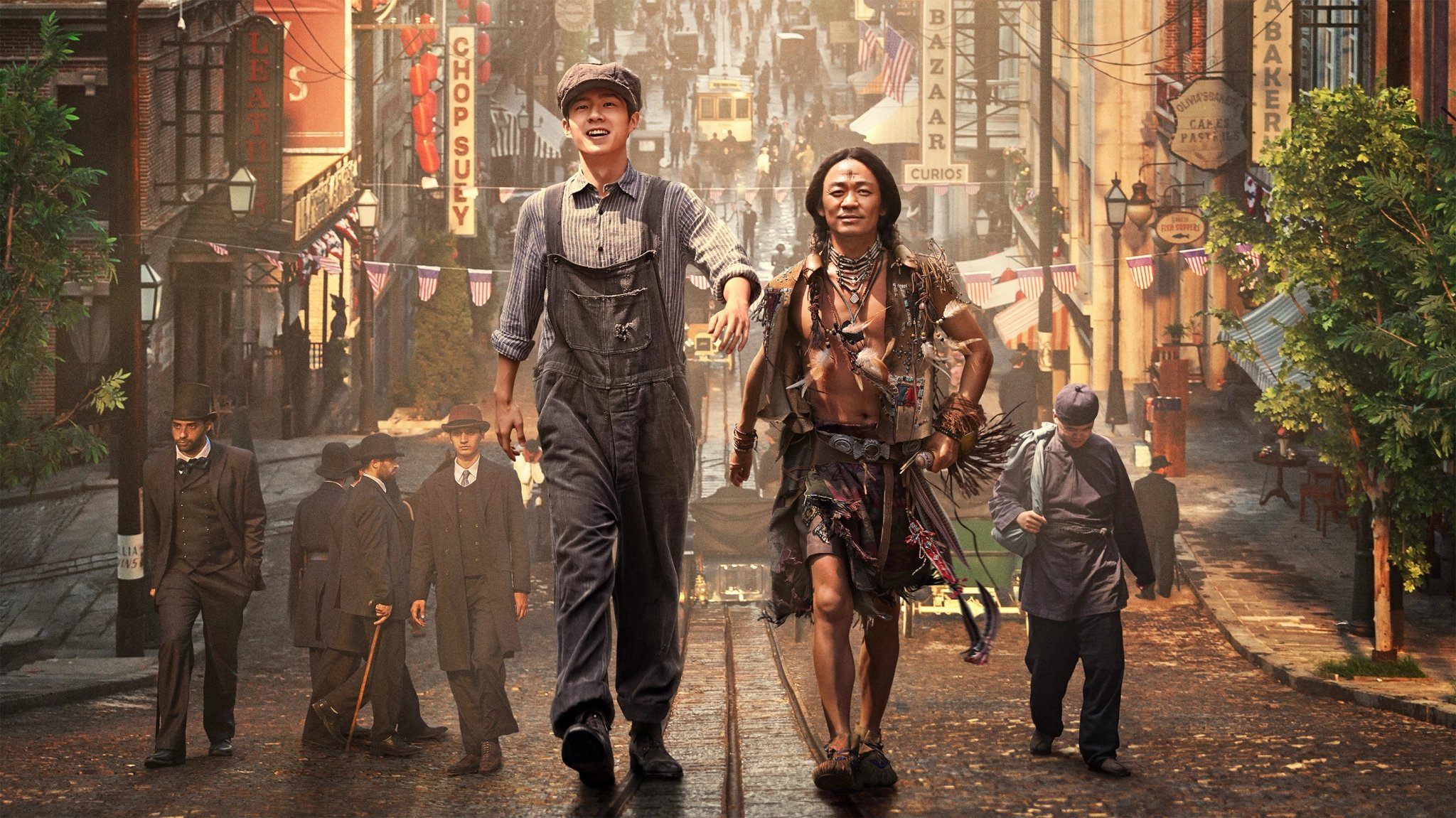If there’s one thing Keru Zheng learned from selling on Instagram, it is that aesthetics matters.
Inside her apartment in Hangzhou, about 170 kilometers southwest of Shanghai, the 25-year-old spends eight hours per week staging newly arrived jewelry, taking close-ups against a backdrop, filming them from different angles, and editing footage before posting the pieces on her Instagram page — Cherrybomb Jewelry.
It is one of the many Instagram pages created by China-based sellers for ‘INS创业,’ translating to ‘IG Entrepreneurship’ in English.
In February 2022, after quitting her nine-to-five job at a tech company, Zheng decided to dabble in this new arena after learning about it on Xiaohongshu, a Chinese social media platform focusing on lifestyle trends and entertainment.
Following online tutorials to set up a VPN (Instagram is blocked in China), open a Shopify store, create an Instagram page, and build content, she eventually debuted her jewelry brand on the platform.
“After learning from the tutorials, I immediately started to get the ball rolling. [This form of cross-border ecommerce] has a low barrier to entry because, in the early stage, the only cost was time,” Zheng tells RADII.

Despite the pandemic, cross-border trade remains robust in China. From 2020 to 2021, the trade volume of China’s cross-border ecommerce increased from 12.5 to 14.2 trillion RMB (about 1.7 to 1.9 trillion USD).
Amid the era of the social media milieu, young Chinese entrepreneurs began infiltrating the overseas market via Instagram. They use the platform as a marketing tool to generate traffic to their independent shopping websites, selling products with substantial profit margins.
The hashtag #INS创业 has reached 3 million views on Xiaohongshu, and this style of entrepreneurship has become a new business model for Chinese youths to take a slice of the cross-border ecommerce pie.
The choice of jewelry — lightweight and easy to ship, with a variety of styles — was a natural calling for Zheng. To better serve global shoppers, she dug into similar Instagram shops run by Western sellers, absorbing everything from visuals to captions, including their language style, layout, and hashtags, then tailored her content to Western aesthetics.
Since February this year, the Instagram entrepreneur has shipped more than 250 products to her clients, many of whom are based in North America.
Like other Chinese entrepreneurs on Instagram, the motivation for establishing a business on the platform is that it operates outside the competitive Chinese market.
Take earrings, for example: The endless array of similar products sold on Chinese ecommerce platforms like Taobao makes it difficult for one product to stand out. Furthermore, styles that Chinese netizens are used to are still new to overseas shoppers.
As the pandemic reduced consumer visits to brick-and-mortar stores, global shopping habits have shifted. According to a report by ESW, the pandemic significantly boosted cross-border ecommerce, with 46% of global shoppers surveyed having bought directly from an international brand online. Among those ages 25-34, the number is 52%.
These forces combine to make the overseas market more attractive, and Instagram allows vendors to fill the gap in demand. As of September 2022, the largest percentage of Instagram users in the U.S. — 27.5% — fall in the age range of 25-34. And with features designed to suit marketing purposes, Instagram is not only a nexus for young global shoppers but also an alternative for unjuanable Chinese youths to turn their entrepreneurial attention outward.
“There are definitely more opportunities in the overseas market, especially for niche, DIY products,” says Linda Wang, whose Instagram page has 18,000 followers.
After graduating from Robert Gordon University in Scotland in 2018, Wang returned to China and worked at a contact lens company for overseas operations.
Having learned about overseas marketing from the job, she created an Instagram page in 2019 and started experimenting with products like LED makeup mirrors. But it wasn’t until 2020 that she found her path: DIY custom decoden phone cases. A month after Wang posted the item on her page, Fairiespop, she finally received her first order.
Entrepreneurs have discovered that Instagram users have already formed shopping habits tailored to the platform. According to a 2015 study, 44% of active Instagrammers use the app to research and discover brands. Social features like stories, reels, and voting polls help boost user engagement, making it an ideal platform for marketing.
“Unlike TikTok, Instagram brings more clickbait compared to the individual shopping website. Different from Facebook, costs for ads are much lower on this platform,” Wang says.
Now, at the age of 26, Wang works full-time as an entrepreneur, and her shop receives more than 100 monthly orders. She shares her experience on Xiaohongshu, where she has 80,000 followers.
Wang says that as a photo-sharing site, Instagram is designed for visual representation. Esthetically pleasing pictures build up likes and interactions, which prompt the platform’s algorithm to send the post to other users’ ‘Explore’ tabs. More exposure increases visitors to the profile, therefore maximizing traffic to the independent shopping website listed in a seller’s Instagram bio.
“You’ve got to stay active and post high-quality pictures on a daily basis,” Wang says. “And you have to be patient to build good content step by step.”
Different from cross-border ecommerce giants like JD Worldwide and Shein, these small businesses on Instagram offer a more intimate shopping experience, allowing sellers and buyers to communicate directly.
Crystal Cruz of El Paso, Texas, shopped for the first time on Instagram after seeing a content creator posing with a phone case from Fairiespop.
Forgetting she had switched to a new phone, she ordered a case suited to her old device. After informing Wang of the situation via direct message, Cruz was touched when Wang responded and agreed to restart the work on the right-sized case.
“I literally gave her five stars because she was with me the whole time,” Cruz tells RADII.

Of course, this form of cross-border ecommece also presents some challenges. According to an analysis of the cross-border ecommerce marketing strategies of small and micro-sized enterprises in China, one issue is a lack of long-term planning.
“These small and micro-enterprises only see immediate benefits and have no long-term plans. Once small and micro-enterprises build their shops on the platform, the website is static,” the analysis explains.
Having established a successful enterprise for decoden phone cases on Instagram, Wang, who wants to expand the business to other products, shares the same concern. If followers and potential customers on Instagram are used to her page focusing on phone cases, adding new products may backfire.
“Followers might feel weird for a phone case shop to sell something else, and they may unfollow you for that,” says Wang.
For now, she says, the best way to stick to her expansion plan is to build another independent website, create another Instagram account, or try out other platforms, like Etsy, for selling new products.
“My long-term goal is to make a hundred million,” she jokes. “But seriously, I want to be influential, passing down my experience to others so everyone can make some money.”
Cover image compiled by Lu Zhao






















